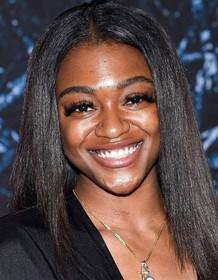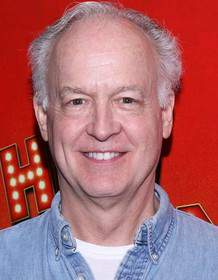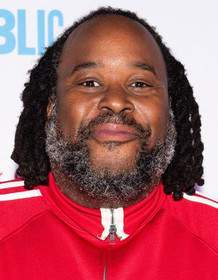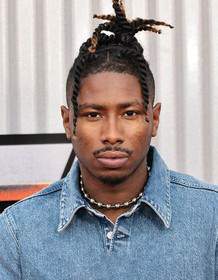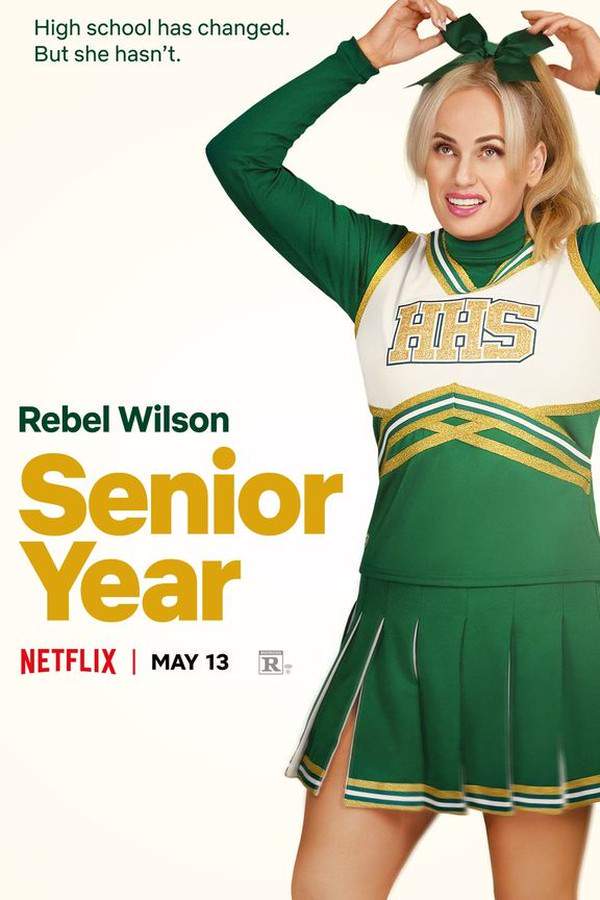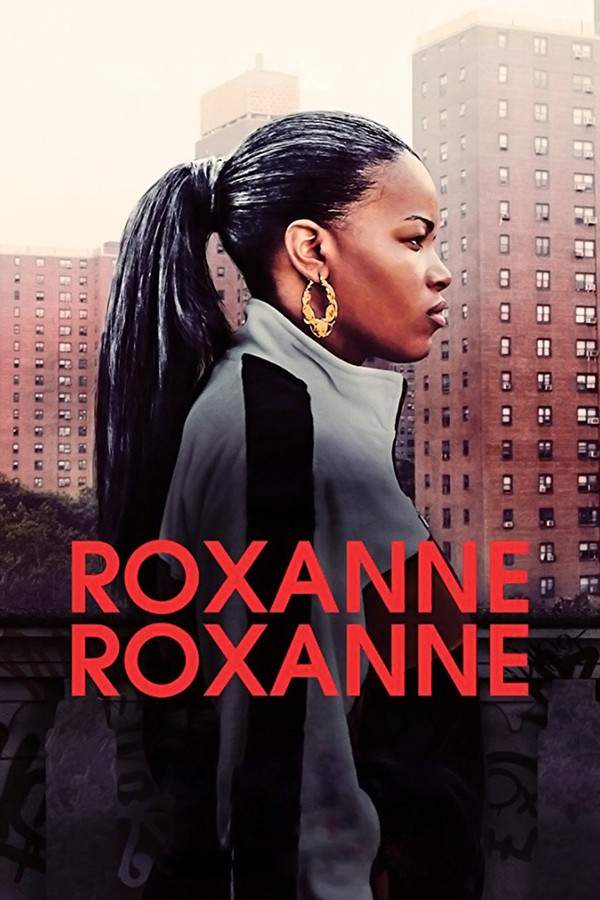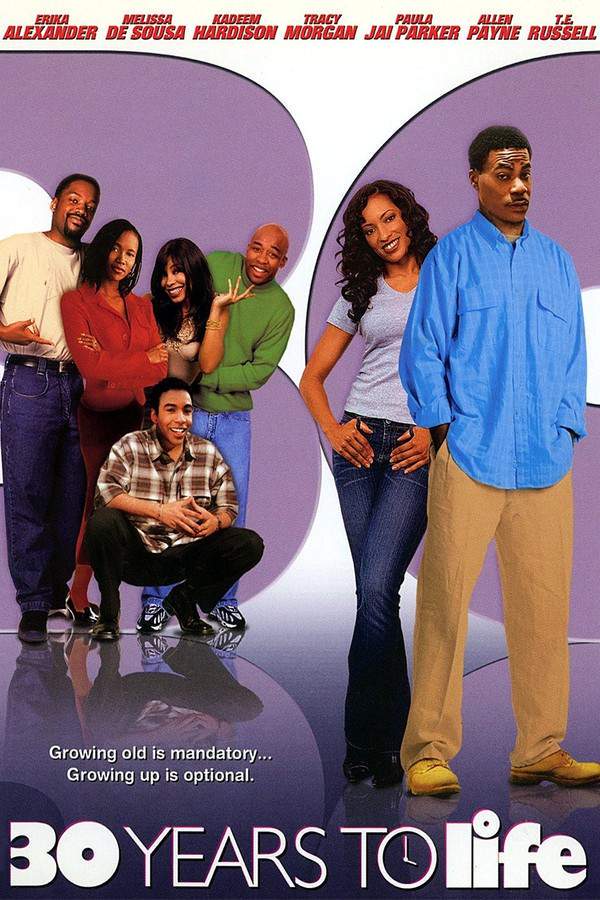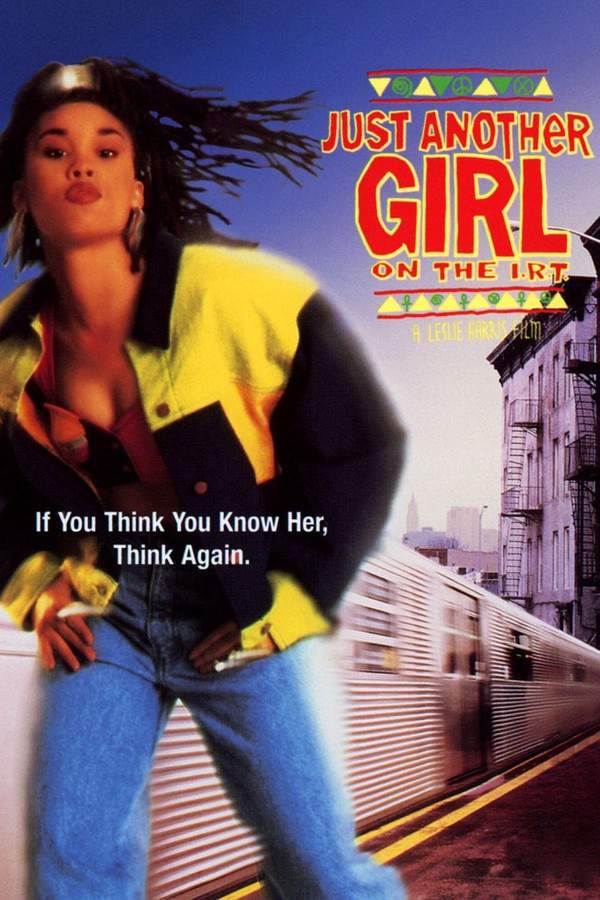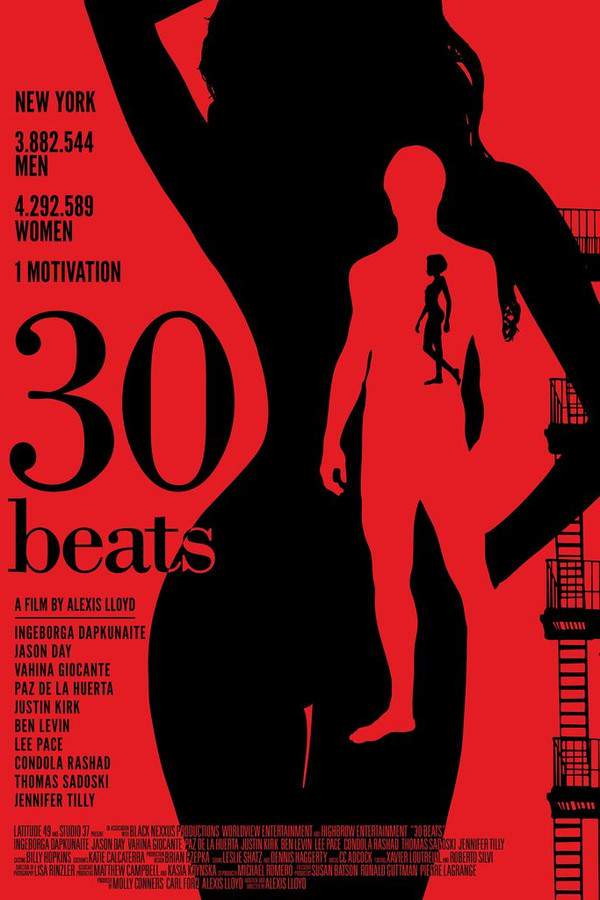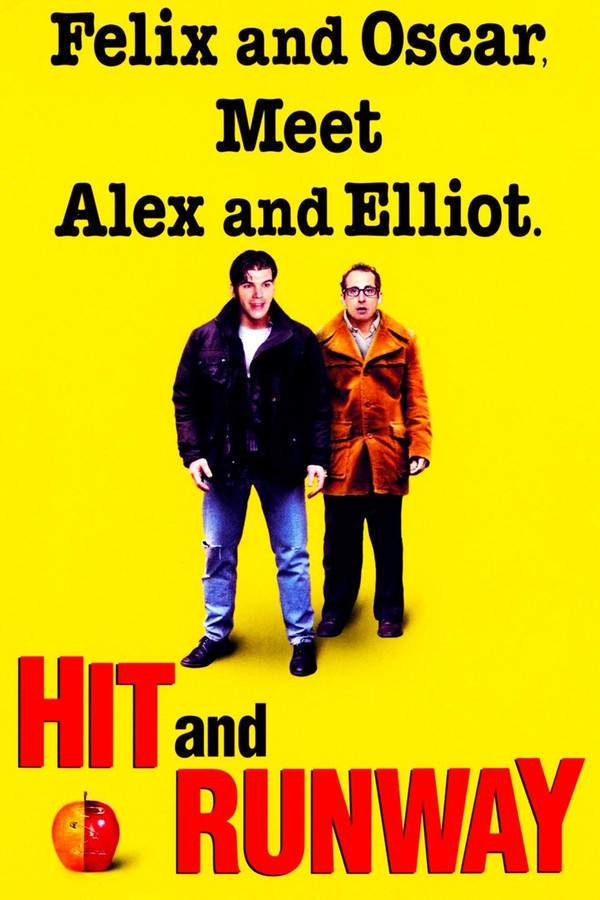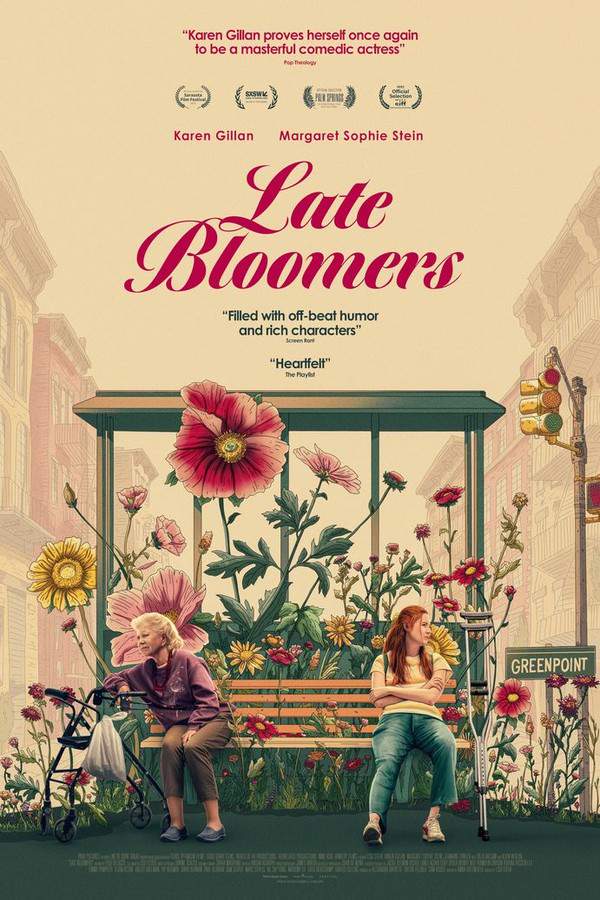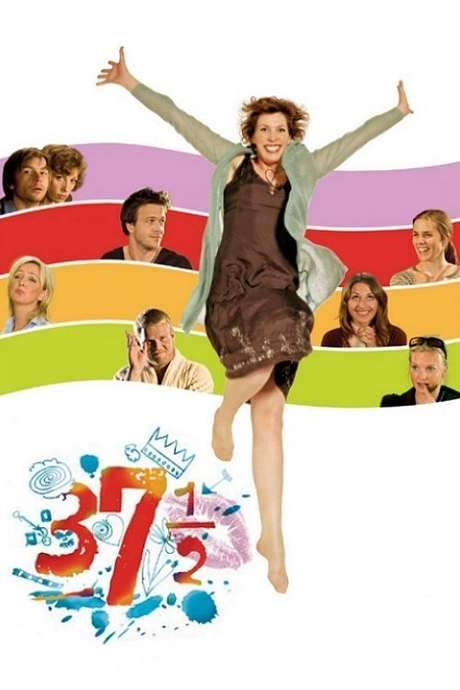The Forty-Year-Old Version 2020
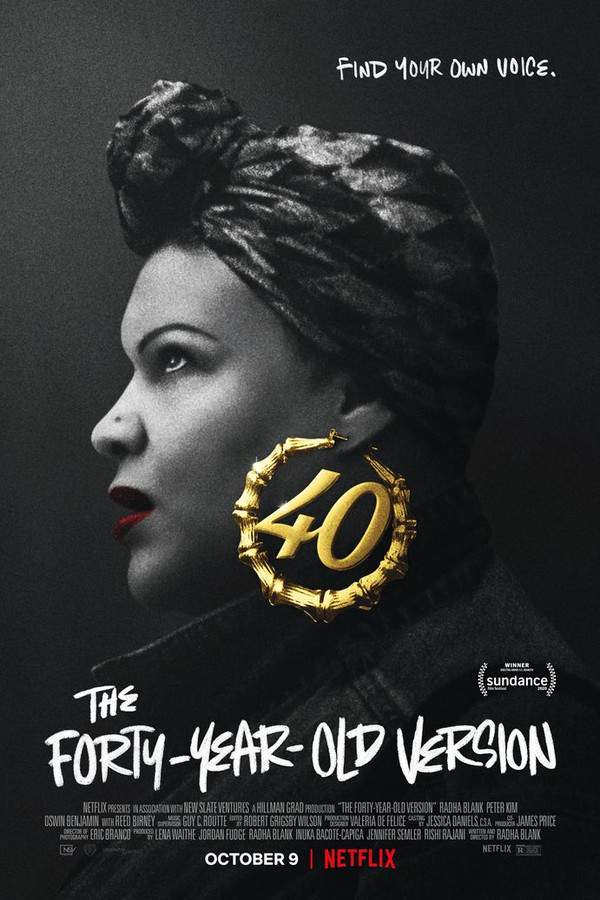
A New York playwright nearing 40 experiences a career setback that sparks an unexpected transformation. Feeling adrift, she reinvents herself as a rapper, adopting the persona RadhaMUSPrime. This bold move leads her into the world of hip-hop, where she explores themes of artistic identity and confronts the challenges of finding her place in a changing industry.
Does The Forty-Year-Old Version have end credit scenes?
No!
The Forty-Year-Old Version does not have end credit scenes. You can leave when the credits roll.
Meet the Full Cast and Actors of The Forty-Year-Old Version
Explore the complete cast of The Forty-Year-Old Version, including both lead and supporting actors. Learn who plays each character, discover their past roles and achievements, and find out what makes this ensemble cast stand out in the world of film and television.
External Links and Streaming Options
Discover where to watch The Forty-Year-Old Version online, including streaming platforms, rental options, and official sources. Compare reviews, ratings, and in-depth movie information across sites like IMDb, TMDb, Wikipedia or Rotten Tomatoes.
Ratings and Reviews for The Forty-Year-Old Version
See how The Forty-Year-Old Version is rated across major platforms like IMDb, Metacritic, and TMDb. Compare audience scores and critic reviews to understand where The Forty-Year-Old Version stands among top-rated movies in its genre.

The Movie Echo Score
The Forty-Year-Old Version demonstrates a compelling synthesis of direction, performance, writing, and music that offers a fresh portrayal of midlife creative struggles. Radha Blank’s assured direction and magnetic lead performance anchor a screenplay that balances humor and authenticity across a leanly paced narrative. The film’s evocative hip-hop soundtrack and cohesive visual style further reinforce its engagement. Netting strong scores across craft, character, story, sensory impact, and replay appeal, it registers as a confident debut with enduring appeal.
The Movie Echo Score Breakdown for The Forty-Year-Old Version

Art & Craft
In terms of art and craft, the film exhibits assured direction and an understated black-and-white palette that highlights Brooklyn’s textures. The production design feels authentic to its urban setting, while the editing maintains fluid transitions that support the comedic timing. Although the visual approach remains deliberately restrained, it consistently frames the narrative with clarity and stylistic cohesion, reinforcing the film’s thematic focus on artistic authenticity.

Character & Emotion
When it comes to character and emotion, the film is anchored by a nuanced central performance from Radha Blank that conveys both resilience and vulnerability. The supporting cast engages with genuine chemistry, enriching the protagonist’s journey through moments of humor and introspection. Observations of self-doubt and artistic conviction resonate throughout, resulting in emotional beats that feel earned and contribute to a perceptible sense of depth.

Story & Flow
In terms of story and flow, the narrative balances a sarcastic comedic tone with clear-driven progression through the protagonist’s midlife challenges. Pacing remains brisk in the first hour with minimal lulls, though some reviewers note a slight stretch in the second act. Original reflections on artistic compromise and personal growth underpin the plot’s coherence, delivering an engaging arc that sustains interest through measured developments.

Sensory Experience
When considering sensory experience, the film’s black-and-white aesthetic and deliberate sound design create a cohesive audio-visual atmosphere. The hip-hop–infused score features memorable hooks from Oswin Benjamin and RadhaMUSprime, amplifying key emotional moments. Sound mixing maintains clear dialogue against rhythmic beats, and the visual consistency supports the black-and-white palette. Together these elements deliver an immersive environment that complements the film’s thematic concerns.

Rewatch Factor
In terms of rewatch factor, the film’s blend of sharp humor and authentic thematic resonance suggests solid replay value. Subtle character moments and rhythmic musical sequences reveal additional nuance on subsequent viewings. The cultural specificity and candid portrayal of midlife ambition continue to retain relevance, while the concise two-hour runtime encourages multiple viewings without fatigue. Overall, it maintains appeal for those seeking thoughtful comedic drama over time.

Metascore
tbd
User Score


99%
TOMATOMETER

72%
User Score

7.2 /10
IMDb Rating
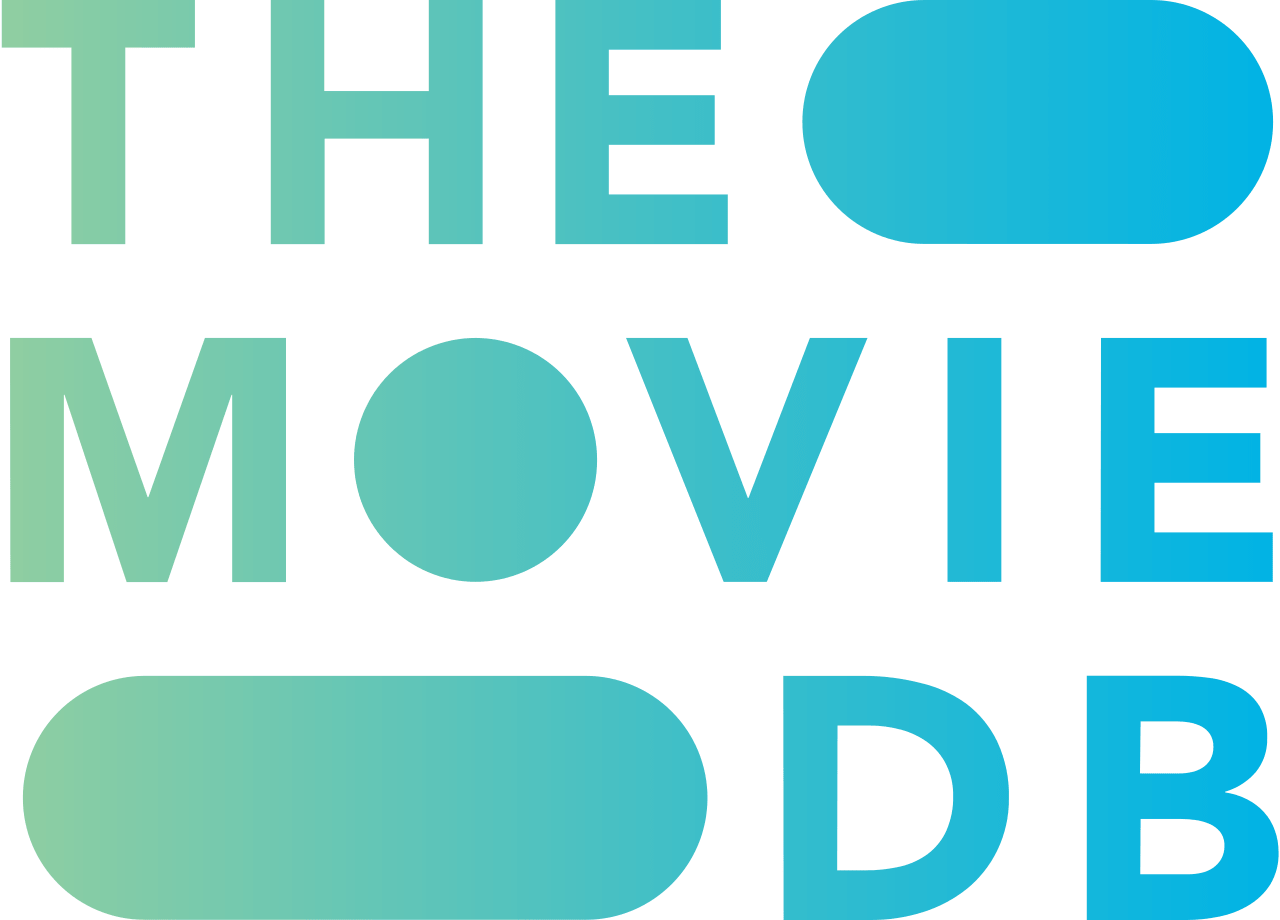
68
%
User Score

3.8
From 37 fan ratings
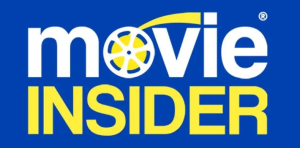
1.00/5
From 1 fan rating
Take the Ultimate The Forty-Year-Old Version Movie Quiz
Challenge your knowledge of The Forty-Year-Old Version with this fun and interactive movie quiz. Test yourself on key plot points, iconic characters, hidden details, and memorable moments to see how well you really know the film.
The Forty-Year-Old Version Quiz: Test your knowledge on the film 'The Forty-Year-Old Version' and its themes of creativity, compromise, and self-discovery.
What award did Radha win nearly a decade ago?
30 under 30 award
Best Playwright
Tony Award
Pulitzer Prize
Show hint
Awards & Nominations for The Forty-Year-Old Version
Discover all the awards and nominations received by The Forty-Year-Old Version, from Oscars to film festival honors. Learn how The Forty-Year-Old Version and its cast and crew have been recognized by critics and the industry alike.
74th British Academy Film Awards 2021
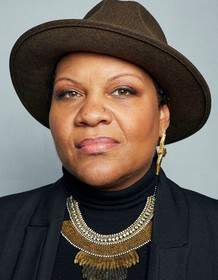
26th Critics' Choice Awards 2021
Best Comedy
73rd Directors Guild of America Awards 2021

36th Artios Awards 2021
Studio or Independent – Comedy
36th Film Independent Spirit Awards 2021

Full Plot Summary and Ending Explained for The Forty-Year-Old Version
Read the complete plot summary of The Forty-Year-Old Version, including all major events, twists, and the full ending explained in detail. Explore key characters, themes, hidden meanings, and everything you need to understand the story from beginning to end.
Radha is an accomplished playwright and teacher who is approaching her 40th birthday while grappling with the unfulfilled promise of a prestigious 30 Under 30 award she received nearly a decade earlier. Faced with stagnation in her career, her agent and friend, Archie, presents her latest play, Harlem Ave, to J. Whitman, a wealthy white producer. Whitman suggests that Radha’s work should delve deeper into Black suffering and offers her a writing position for a musical about Harriet Tubman, which angers her to the point of throttling him.
Struggling to find her voice in her career, Radha hears rap music booming outside her apartment, sparking inspiration to pursue her early passion for rap that she had buried since high school. In a bold move, she tracks down D, a music producer, and adopts the stage name RadhaMUSprime. However, Archie worries that this could signify a breakdown for her.
Though initially distant, D’s attitude shifts after they collaborate to create a track together. To her surprise, he agrees to record a mixtape with her and invites Radha to showcase her talent at an event for emerging rappers. Yet, on the night of the showcase, her nerves get the best of her after she indulges in substances and forgets her lyrics, leading to an embarrassing moment in front of her students.
Meanwhile, Archie tries to mend her relationship with Whitman by leveraging the recent passing of Radha’s mother to persuade him to produce Harlem Ave. However, he insists on the addition of a white character to the play, which makes Radha feel increasingly uneasy about the artistic compromises she is forced to make to cater to a predominantly white audience.
Despite witnessing her disastrous performance, D remains a source of encouragement for Radha, urging her to persist with her rapping career. They attend an all-women’s rap battle in the Bronx, which leads them to spend an intimate night together, sharing their experiences in the arts and coping with the loss of their mothers. Nevertheless, Radha pulls away from D the following morning, declaring her need to concentrate on her play instead.
As the production of her play advances, Radha contemplates her mother’s journey as a struggling artist while clearing out her mother’s apartment with her brother. Much to her surprise, she finds that her brother views their mother as a talented Renaissance woman rather than a failure, providing her with renewed encouragement.
On the opening night of her play, Radha has a moment of clarity during the curtain call, where she boldly denounces her work and performs a rap calling for artists to remain true to their artistic integrity. In a dramatic turn, she fires Archie just as he resigns and rushes to D’s apartment, where they are finally united. The film concludes with the duo walking together, as D beatboxes and Radha raps, transitioning from a striking black and white aesthetic into vibrant color, symbolizing her journey of self-discovery and creative liberation.
Uncover the Details: Timeline, Characters, Themes, and Beyond!

Coming soon on iOS and Android
The Plot Explained Mobile App
From blockbusters to hidden gems — dive into movie stories anytime, anywhere. Save your favorites, discover plots faster, and never miss a twist again.
Sign up to be the first to know when we launch. Your email stays private — always.
Watch Trailers, Clips & Behind-the-Scenes for The Forty-Year-Old Version
Watch official trailers, exclusive clips, cast interviews, and behind-the-scenes footage from The Forty-Year-Old Version. Dive deeper into the making of the film, its standout moments, and key production insights.
The Forty-Year-Old Version Themes and Keywords
Discover the central themes, ideas, and keywords that define the movie’s story, tone, and message. Analyze the film’s deeper meanings, genre influences, and recurring concepts.
The Forty-Year-Old Version Other Names and Titles
Explore the various alternative titles, translations, and other names used for The Forty-Year-Old Version across different regions and languages. Understand how the film is marketed and recognized worldwide.
Similar Movies To The Forty-Year-Old Version You Should Know About
Browse a curated list of movies similar in genre, tone, characters, or story structure. Discover new titles like the one you're watching, perfect for fans of related plots, vibes, or cinematic styles.
Quick Links: Summary, Cast, Ratings, More

What's After the Movie?
Not sure whether to stay after the credits? Find out!
Explore Our Movie Platform
New Movie Releases (2026)
Famous Movie Actors
Top Film Production Studios
Movie Plot Summaries & Endings
Major Movie Awards & Winners
Best Concert Films & Music Documentaries
Movie Collections and Curated Lists
© 2026 What's After the Movie. All rights reserved.





